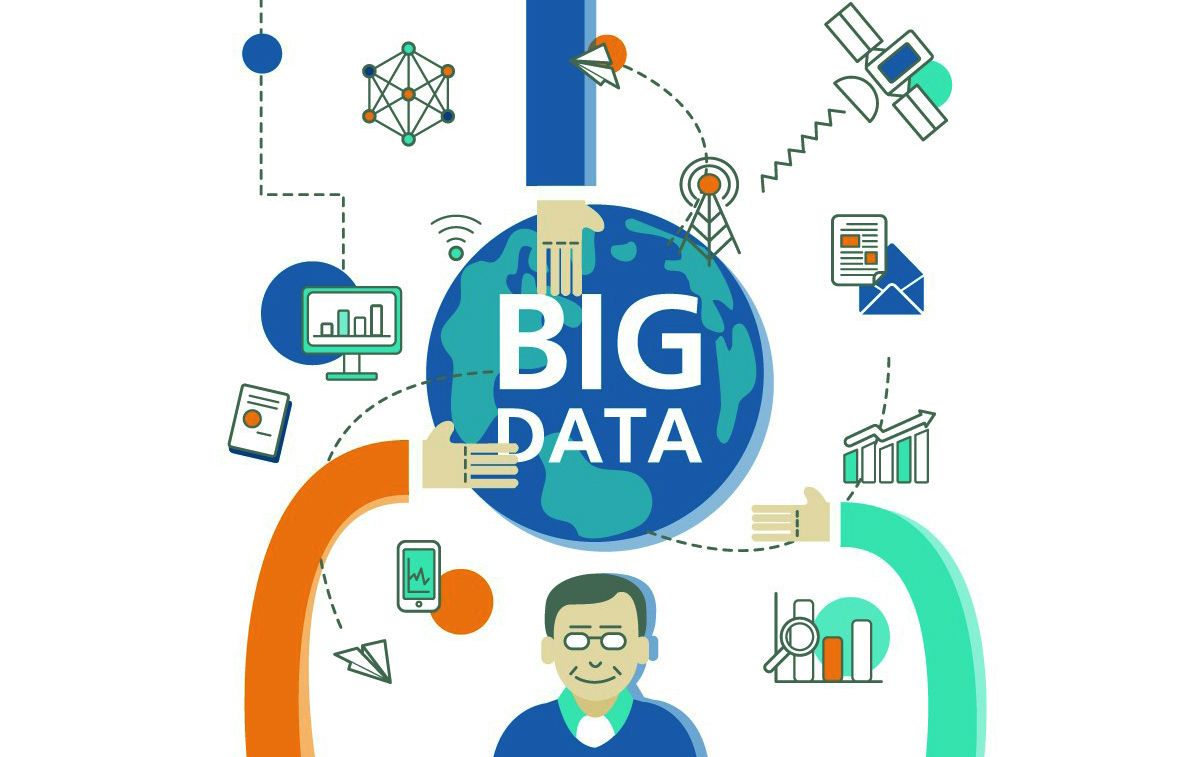Flutter creates a rich diversity of mobile applications. Its flexible and customizable UI features make it a popular choice for developers, users, and businesses alike.
It utilizes a layout system that traverses the render object tree depth-first, passing down size constraints from parent to child. This process makes Flutter fast and less error-prone. It also supports automated testing in the Dart programming language and provides a stateful hot reload during development.
Why Flutter?
Flutter is a mobile app development tool that has gained incredible popularity. Its flexible framework and robust tools revolutionize the way apps are built. It’s also incredibly fast and offers a full suite of features for creating high-performance, vibrant UIs on iOS and Android.
The core of the framework is Dart, a modern and client-optimized object-oriented programming language that directly compiles into native code for both platforms. It also allows developers to work with the underlying platform’s APIs and widgets. This feature makes Flutter extremely fast, resulting in a faster time to market.
Its hot reload and hot rerun features make it easy to test and iterate code. This means you can see changes to your application in sub-seconds. This saves valuable time during the development process.
The Flutter ecosystem includes a wide variety of developer resources and community support. Google’s commitment to the tool is evident by its frequent updates and comprehensive documentation. There are also a number of third-party libraries and plugins that enhance the functionality of the tool.
It’s easy to learn
Flutter is an open-source framework that lets developers create native iOS and Android apps from a single codebase. It uses Dart, a modern and flexible language that is easy to learn. It also includes a large library of widgets that can be manipulated and customized for unique effects. However, it is important to understand the fundamentals of Flutter and its Widgets, Layouts, and State Management before building a complex app.
Unlike other frameworks, Flutter does not use a bridge to communicate with the device. Instead, it utilizes Dart’s transformation capabilities. This makes it easier to write clean and readable code, which is a key factor in successful mobile development.
Compared to other frameworks, flutter is easier to learn. Its easy-to-use language and UI make it an ideal choice for mobile app development. The Flutter team notes that even beginners with little programming experience can prototype and build apps quickly. You can get started by watching videos, reading documentation and blogs, and practicing examples.
It’s cross-platform
Flutter is a great choice for cross-platform app development because it can replace the need to hire separate teams for Android and iOS apps. It also allows developers to code faster with features such as hot reload. This means that changes can be reloaded instantly, so users can see their work take effect.
Its widget layer lets you build an application that has a native look and feel for each platform. This is achieved through the use of themes like Material and Cupertino, which cater to different design aesthetics. You can then add your own custom UI components to create an app that is unique.
Another feature that makes flutter stand out from other competitors is its ability to draw pixel-perfect graphics. Its drawing engine, Skia, is used to render the UI, and is based on open-source technology. It’s fast and efficient, which is why many companies are switching to it. These include Google Ads and Staida, popular journaling app Reflectly, and Nubank neobank.
It’s free
Flutter is a free open-source SDK for creating mobile applications with a single codebase. It is a powerful and flexible tool, with many features that make it a good choice for any mobile app project.
It supports automated testing tools with a plugin for popular CI platforms like Travis, Jenkins, and Cirrus. It also provides a free platform called Fastlane to bridge Flutter with such tools.
The Flutter framework is backed by Google, which ensures that it will continue to be developed far into the future. It is also the primary way to develop apps for Google’s new Fuchsia operating system.
It uses the Dart programming language, which is easy to learn for developers who are already familiar with object-oriented languages. Another advantage is that it can render widgets in real-time, making it easier to debug apps. The performance of Flutter apps is also comparable to natively-compiled iOS and Android applications. Examples of Flutter apps include Nubank, a Brazilian neobank, and Invoice Ninja, which offers an invoicing and payment solution for small businesses.
